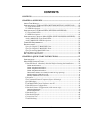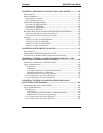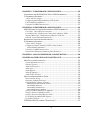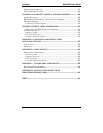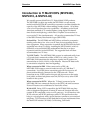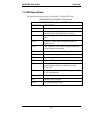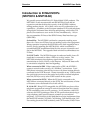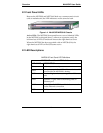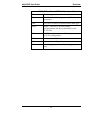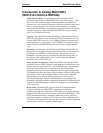
MultiVOIP User Guide Overview
11
Identification, Call Forwarding (from the H.450 standard), and Call
Transfer (H.450.2 from H.323 Version 2). The fourth version of the
H.323 standard improves system resource usage (esp. logical port or
socket usage) by handling call signaling more compactly and allowing
use of the low-overhead UDP protocol instead of the error-correcting
TCP protocol where possible.
The MultiVOIP is also SIP-compatible. However, H.450 Supplementary
Services features can be used under H.323 only and not under SIP.
The MultiVOIP2400/2410 comes equipped with a variety of data
compression capabilities, including G.723, G.729, and G.711 and
features DiffServ quality-of-service (QoS) capabilities.
VOIP Functions. The MultiVOIP MVP2400/2410 gateway performs
four basic functions: (a) it converts a dialed number into an IP address,
(b) it sends voice over the data network, (c) it establishes a connection
with another VOIP gateway at a remote site, and (d) it receives voice
over the data network. Voice is handled as IP packets with a variety of
compression options. Each T1 connection to the MultiVOIP provides 24
time-slot channels to connect to the telco or to serve phone or fax
stations connected to a PBX.
Ports. The MVP2400/2410 also has a 10/100 Mbps Ethernet LAN
interface, and a Command port for configuration. An MVP2410
upgraded with the MVP24-48 kit will have two Ethernet LAN interfaces
and two Command ports.
Management. Configuration and system management can be done
locally with the MultiVOIP configuration software. After an IP address
has been assigned locally, other configuration can be done remotely
using the MultiVOIP web browser GUI. Remote system management
can be done with the MultiVoipManager SNMP software or via the
MultiVOIP web browser GUI. All of these control software packages
are included on the Product CD.



